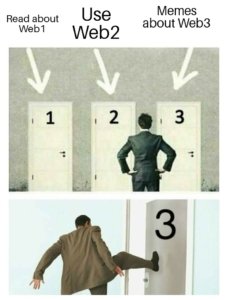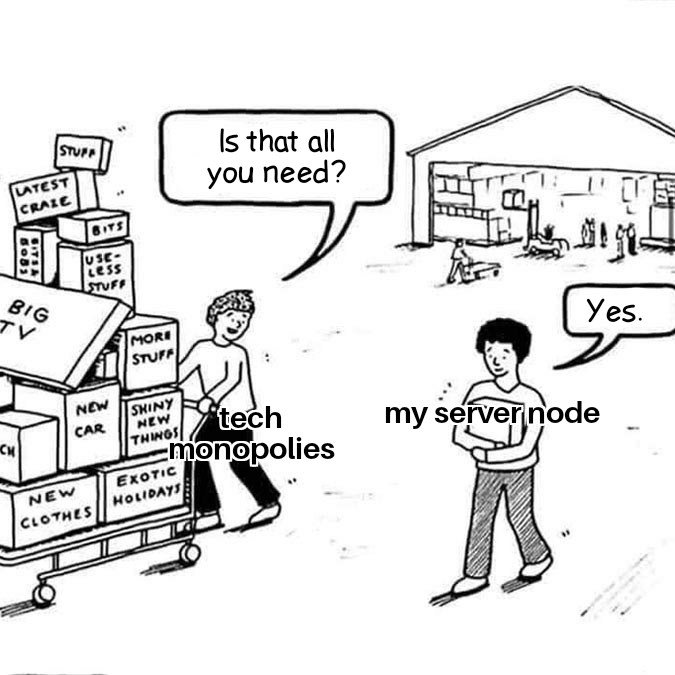 Web3, Web 3.0, or the decentralized internet, whatever you want to call it, isn’t springing from nothing. It all started with Web1 back in the 90s. Today, we’re balls-deep in Web2, but there are important reasons why it’s high time we put major work into building Web3.
Web3, Web 3.0, or the decentralized internet, whatever you want to call it, isn’t springing from nothing. It all started with Web1 back in the 90s. Today, we’re balls-deep in Web2, but there are important reasons why it’s high time we put major work into building Web3.
Web1 was called the static web because it was read-only. Web2 is called the dynamic web because it’s interactive. Web3 is called the semantic web or the spatial web because it uses AI for natural language processing, the internet of things, and decentralization to bring the internet irl.
There are, of course, much more in-depth explanations of the differences between Web1, 2, and 3 for all the tech nerds out there. But sometimes you don’t want to dive that deep. Sometimes you just want the basic idea and maybe a laugh. After all, maybe the real treasure of learning about new tech was the memes we made along the way.
Conclusion
The vision for Web3 is to keep all of the cool and exciting things that we can do on Web2 and add to them, but rebuild the architecture so the databases are decentralized. Using blockchain technology to distribute the information across many people, the internet can’t be controlled, censored, or profited from by giant, controlling companies.
One day, everyone’s phones and devices can be server nodes and wearables will bring the internet into real life. There are still some hurdles for speed and scalability, but Web3 is coming and Web2 will become just as historic as Web1.
About the Author

Michael Hearne
About Decentral Publishing
Decentral Publishing is dedicated to producing content through our blog, eBooks, and docu-series to help our readers deepen their knowledge of cryptocurrency and related topics. Do you have a fresh perspective or any other topics worth discussing? Keep the conversation going with us online at: Facebook, Twitter, Instagram, and LinkedIn.





